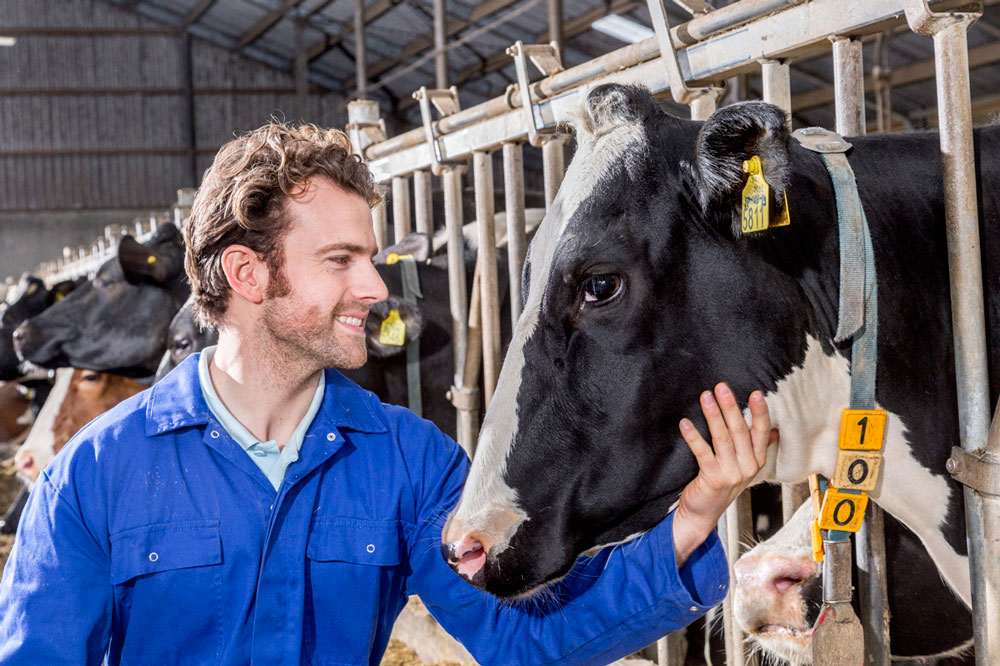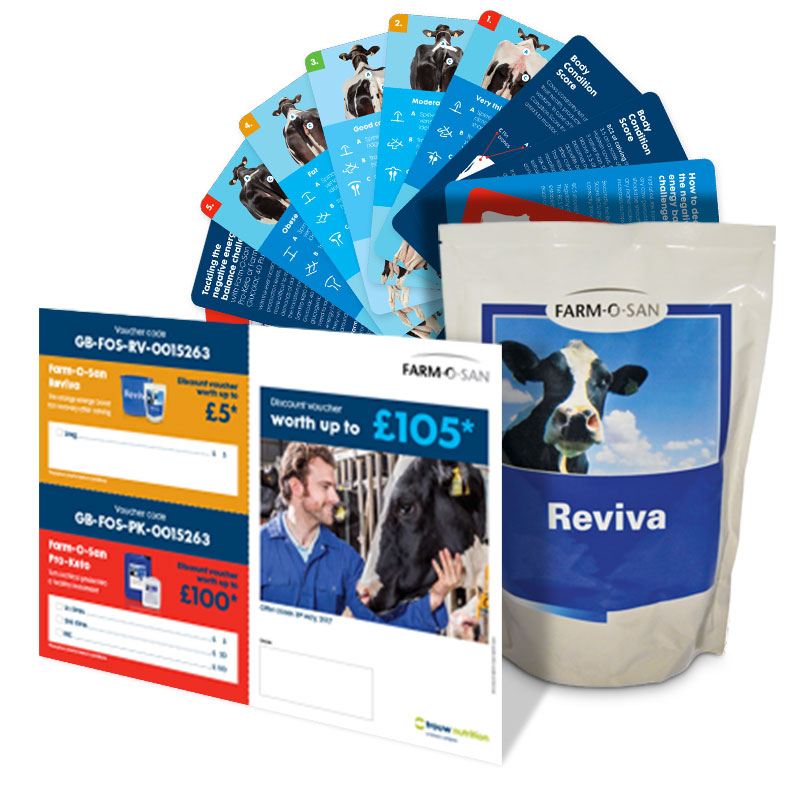
Cows reach their peak lactation at about 6-10 weeks after calving. By managing their blood calcium levels and energy balance correctly during the period around calving, you can maximise milk yields.
Cows go through significant metabolic changes in the period around calving:
• Calving results in a loss of fluid and electrolytes.
• The demand for calcium goes up dramatically.
• The start of milk production results in a negative energy balance.

If the transition to lactation is not managed properly, it can often lead to a high rate of involuntary culling in the first 60 days after calving and result in a negative economic impact for your farm.
Negative energy balance
From two weeks before calving dairy cows can have issues with negative energy balance due to:
• The growth of the calf.
• The start of colostrum production.
• A strong decrease in dry matter intake.
Fat cows with a Body Condition Score of 4 or greater are at risk because it may result in calving problems. A high BCS can lead to a reduction in dry matter intake resulting in the mobilisation of body fat, which in term increases the risk of metabolic problems.
By monitoring the BCS, you can evaluate the effectiveness of your feeding schedule and identify cows at risk of developing problems. The BCS should be around 2.5 to 3.0 at calving. It is normal for the BCS to drop after calving by 0.5 to 1.0, but should never go down below 2. During the second half of lactation there is a serious risk that the BCS will increase too much, resulting in a BCS above 3.5 at calving.
FREE Energy Pack
Click below to get your free Energy Pack which contains:
• 1kg Farm-O-San Reviva sample – post calving drink to boost recovery and help restore energy balance
• Pocket sized Body Condition Score Chart – to help assess your herd
• Discount voucher worth up to £105 – get money off Farm-O-San Reviva and Pro-Keto
